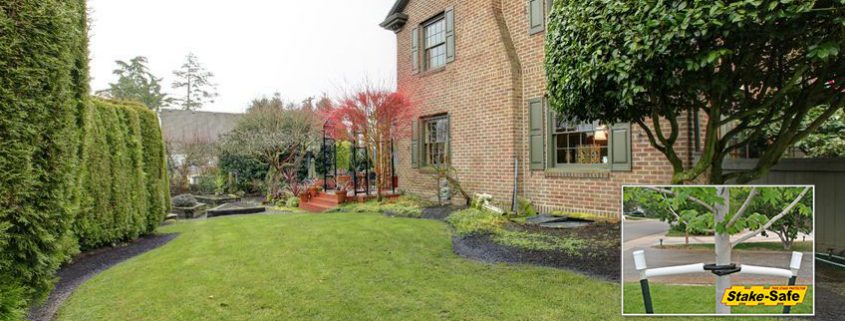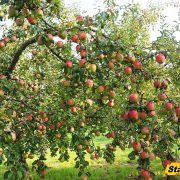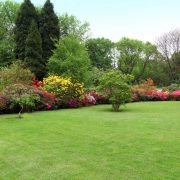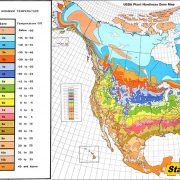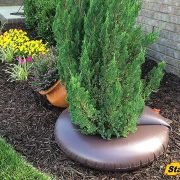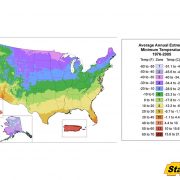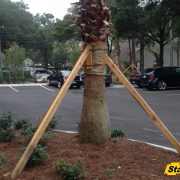Privacy Trees | Choosing the Best Trees for a Privacy Hedge
When selecting privacy trees to create a privacy hedge in your yard there are numerous decisions you need to make. Take the extra time upfront to select the best privacy trees for your specific circumstances. This will ensure the best overall outcome of your landscaping project.
Benefits of Planting Privacy Trees
Planting a row of privacy trees can serve multiple purposes. Let’s take a look a few of the more common uses for privacy hedges and the advantages of using trees.
Privacy: Stating the obvious here, privacy is the number one purpose of a privacy hedge. You may want to shield your backyard from nosy neighbors or a busy street, especially if you live on a corner lot. You may want additional privacy for your swimming pool or hot tub.
Noise Reduction: If you live on a busy city street or next to a rural highway, a row of trees can deaden the traffic noise so you can relax in peace on your rear deck.
Windbreak: A row of trees can create a windbreak in harsh weather conditions so you further enjoy your patio. Speaking of wind, the row of trees can double as snow fence to reduce snow drifts on a long driveway.
Aesthetics: Your home may be situated adjacent to an obtrusive factory or power lines. Planting a row of trees can mask the horrid view off in the distance.
Considerations for Selecting the Best Privacy Trees
Tree Types: Evergreen trees are the best option for noise reduction, decreasing the wind, and creating a natural snow fence. They also create a year-round barrier. If you are more interested in the aesthetic value of your tree fence, deciduous trees offer a wide range of options. You can plant flowering trees to enjoy their springtime blooms, or simply enjoy the fall colors. The down side of deciduous trees is the lack of protection in the winter months after the leaves have fallen.
Height: The mature height of your privacy hedge is a key consideration. In most cases a mature height of 12 feet is more than adequate. The perfect tree for this is the Emerald Green Arborvitae. A word of caution here, some other varieties of the Arborvitae tree such as the American Arborvitae and the Green Giant Arborvitae can grow up to 60 FT tall. If you are thinking of using a shrub in lieu of a tree, the Rose of Sharon and the North Privet are excellent choices.
Space Restrictions: The obvious rule of thumb here is to plant smaller trees in smaller spaces. If you have a small yard, the last thing you need is a row of 20-foot-wide trees. The afore mentioned Emerald Green Arborvitae is only 2 to 3 foot wide. Another consideration is the planting distance from an existing fence. Again, the Emerald Green Arborvitae is an excellent choice, while some wider trees can actually push over a fence if planted too close.
Tree Spacing: Planting the privacy trees very close together will provide the maximum isolation. As a minimum, space the trees about 2 feet apart to give plenty of room for adjacent roots. Spread the trees further apart for a visual appealing border only, with little privacy benefit. Junipers and cedars can be 6 feet apart. Pine Trees and Spruce Trees should be 10 feet apart. If space permits, you can plant 2 rows of trees side by side on staggered centers for the ultimate in privacy.
Growth Rate: For instant privacy, purchase mature trees, although they will be far more expensive. Alternatively, you can purchase fast growing trees and enjoy full privacy in just a couple of growing seasons.
Proper Staking of Privacy Trees
To protect your investment as well as creating a safe environment for children and pets, be sure to use our Stake-SAFE covers on all your tree stakes. Check out our simple installation instructions here.

